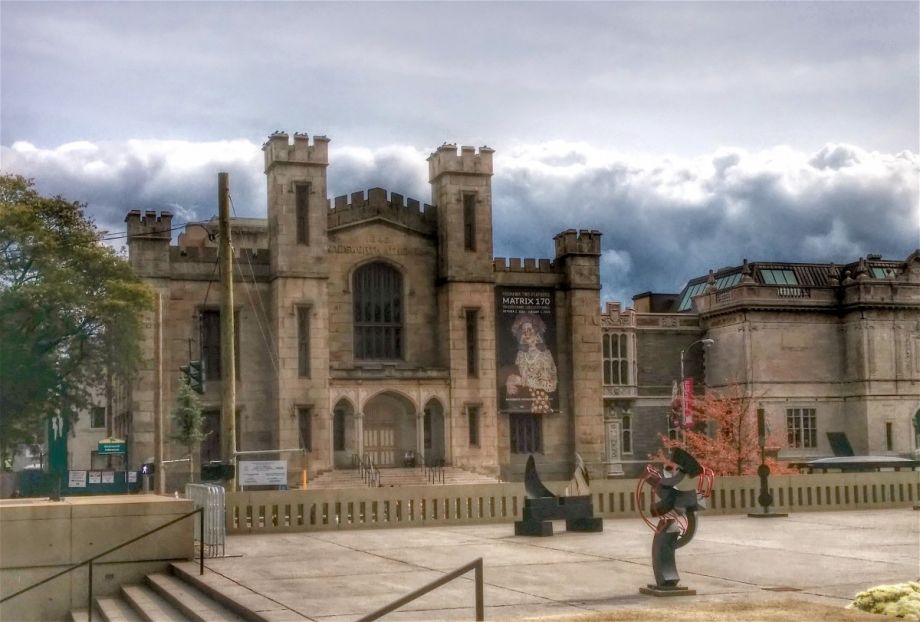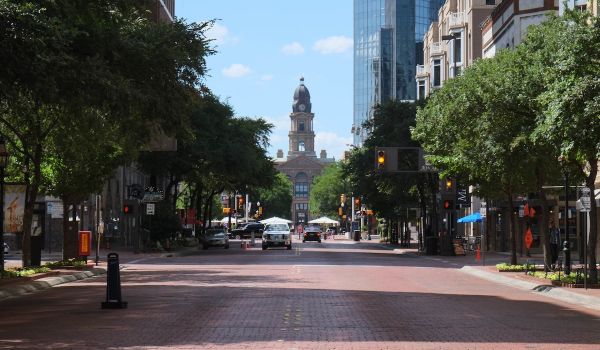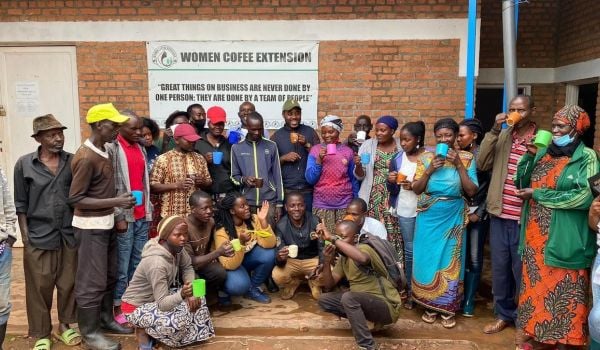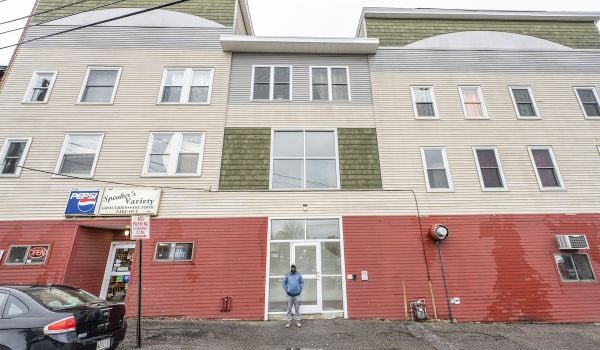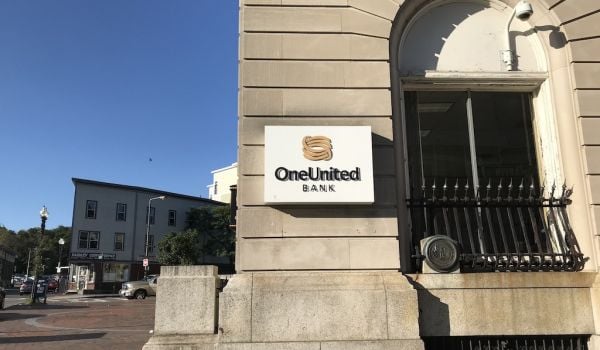The arts are often seen as a pastime of elites. Indeed, in cities like Hartford, Connecticut, people with college degrees, or those who make more than $100,000 a year, are more likely to take advantage of their local museum or concert hall than those who make less or didn’t finish college.
Kristina Newman-Scott has long wanted to change that narrative. She started by doing what most creative types would never dream of doing: She got into government.
“I thought, I’m not ‘the man,’ I’m an artist,” she remembers. Up until joining the city of Hartford in 2012 to run its cultural affairs department, she was working in Boston, helping artists to revision their practices as if they were small businesses.
In government, however, she saw an opportunity to instill a deeper impact at the local level. “You need to start thinking about how you can shift your tool kit, using community development in a way that supports economic development,” she says she told herself. (Newman-Scott is a Next City Vanguard.)
That internal dialogue worked. Since 2015 she’s been director of culture in Connecticut’s Department of Economic and Community Development — which last month debuted a new strategy to build the arts into the state’s greater push for equitable economies in Connecticut’s cities. While the plan doesn’t outline concrete programs, the goals include partnering artists from underserved areas with local industries.
It’s one approach to solving the ills of a Connecticut city like Hartford. It was recently ranked the 49th worst U.S. capital city, falling a place behind Jackson, Mississippi, in a 2017 analysis of census data by NerdWallet. The assessment dinged the city for low housing affordability, economic well-being and quality of life. Two years before that ranking, an estimated 37 percent of the city’s population was living below the poverty line.
But a look into Newman-Scott’s past work in that city suggests she’ll bring some of her strategy — a blend of artistic outreach, startup incubation and providing spaces for local entrepreneurship — to the equitable development conversation. Here’s how that connection plays out in a simple chronological summary: If you bring artists together from a diverse array of communities, and have them produce works that have potential to become cultural or economic emblems in neighborhoods, those areas may then attract more foot traffic and pull in additional investment from local businesses.
While the director of the marketing, events and cultural affairs division in Hartford, her team led a modest art installation series, titled “Outside the Box,” that brought local artists together to decorate utility boxes with cubed murals.
“It’s now a three-year-old program, all [the boxes] still look fantastic, no one has ruined them,” she says. “Business owners are still calling me: ‘What if we wanted to do this in this street?’” she says.
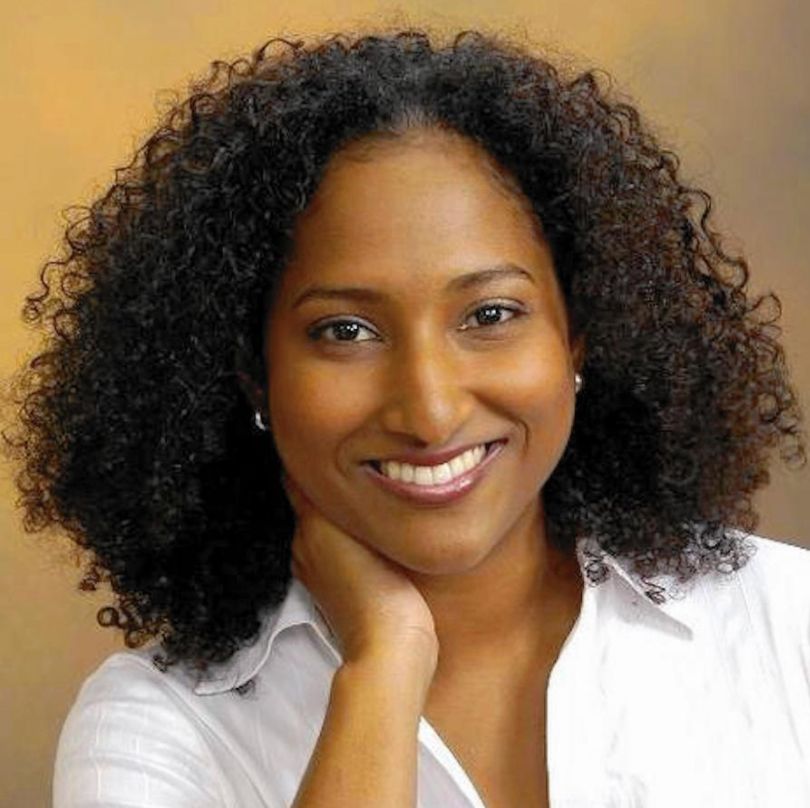
Kristina Newman-Scott
To try and slow some of that daily exodus, they worked with three local businesses: Hartford Prints, Hartford Denim Company, and Naturally Dogs and Cats. They’re all local producers, artisans in card printing and jean making and pet food (respectively), and with the assistance of Newman-Scott’s office they were allowed to set up in previously vacant storefronts along Pratt Street as part of the iConnect initiative.
“Two of [those businesses] went into long-term leases, incubated for nine months and got 10,000 unique visitors after 5 p.m.,” she says. “Which was unheard of for downtown at that time.”
Pushing for the arts to be a line item in the economic development budget isn’t a common government refrain, but maybe that’s because it needs to be test-driven more often. “Risk leads to innovation, and in government that’s not always easy,” she says. “But you’ve got to take risks when we’re talking about urban innovation, especially in small cities [like Hartford].”
There’s still room for more productivity in this space, according to Mark Abraham, executive director at Connecticut-based community data nonprofit DataHaven. He endorses Newman-Scott’s focus on how the arts can be a star player in Hartford’s economic development.
“Besides the ability to draw in people, there’s business retention because it’s also seen as a quality-of-life issue,” he says, referring to what would happen if more ventures like iConnect and “Outside the Box” were rolled out in other parts of the city. Bringing those investments over to Hartford’s poorest neighborhoods could “spill over into all sorts of communities” at the city level, he says.
Newman-Scott is overflowing with ideas on how to make that happen. Now it’s just about creating the right programs that aptly lift up the underserved while also vivifying the city’s lackluster spots for the entire population.
The Equity Factor is made possible with the support of the Surdna Foundation.
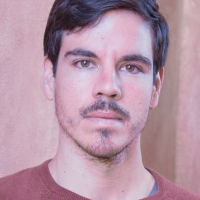
Johnny Magdaleno is a journalist, writer and photographer. His writing and photographs have been published by The Guardian, Al Jazeera, NPR, Newsweek, VICE News, the Huffington Post, the Christian Science Monitor and others. He was the 2016-2017 equitable cities fellow at Next City.


